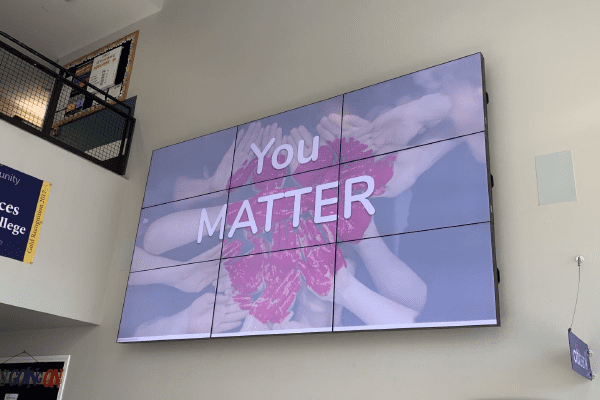
Restorative Practices for Positive Classroom Management
Discover a practical blueprint for creating a cooperative and respectful classroom climate.
Topics: Teacher Effectiveness
Building equity in a school isn’t an easy task. Daunting as it is, Dominique Smith, chief of educational services and teacher support at Health Sciences High and Middle College in San Diego, believes it’s possible with the strategies he outlined in NAESP’s recent assistant principal webinar titled “Better than Carrots: Restorative Practices for Positive Classroom Management.”
Understanding Equity
Studies show that when educators empower students to address and correct misbehavior among themselves, positive results are longer lasting and have a broader reach. Where does equity fall into this? Equity:
- Recognizes that every student comes to school with a unique identity profile that is too often impacted by racism, bias, or bigotry;
- Occurs as a result of sensitive, courageous, and creative conversations and actions;
- Requires the distribution and redistribution of resources and initiatives based on individual and group needs derived from multiple sources of qualitative and quantitative data; and
- Leads to engaged, inspired, and successful learners.
A Welcoming Culture
To create a welcoming culture starts with an understanding of what that actually means. According to Smith, it’s when conditions for learning are ever-present, when students have an understanding of how their behavior affects them and others, when everyone shares the belief that they’re part of something special, and when language creates personal pride and purpose.
The climate of a school is based on three practices—peacekeeping, peace-building, and peacemaking.
Download the webinar, slide presentation, or audio version of this webinar on the NAESP website. While you’re there, check out other assistant principal-focused content in our archive section.
—
Copyright © 2020. National Association of Elementary School Principals. No part of the articles in NAESP magazines, newsletters, or website may be reproduced in any medium without the permission of the National Association of Elementary School Principals. For more information, view NAESP’s reprint policy.

